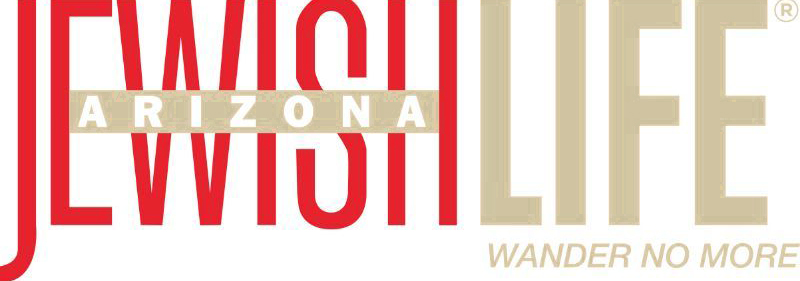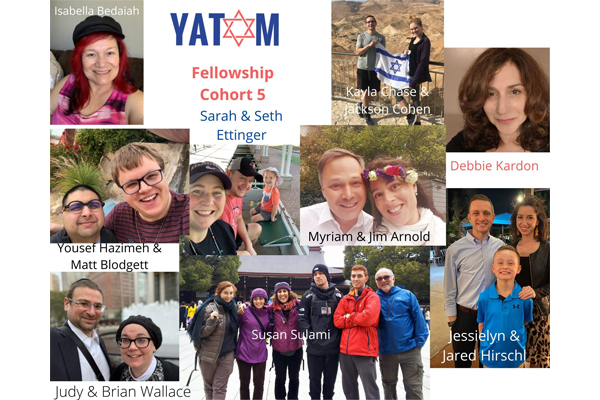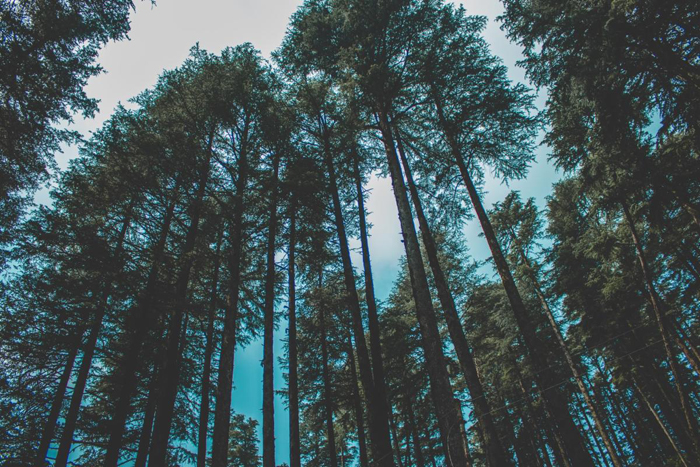Tu B’Shevat – the New Year for Trees. It begins this year on the eve of Tuesday, Feb. 3, and ends at sundown on the fourth. But why a New Year for trees? I mean, do the trees need to jumpstart their spiritual growth? Atone for their past indiscretions? Have a new beginning? If I’m honest, I’ve never actually understood this holiday. I’ve misidentified it for years as the “birthday of the trees.” I’ve even planted trees and participated in various environmental activities and seders on past Tu B’Shevats. But when asked to write about it, I realized I really have no idea about its actual significance.
Turning to the Talmud, I read a fascinating story about a righteous man named Honi the Circle-Drawer who was troubled about the existential concept of life being like a 70-year-long dream. He wondered how anyone could sleep for 70 years. Then one day while walking down the road he saw a man planting a carob tree and asked him how long it will take for the carob tree to bear fruit. The man replied that it would take 70 years.
Then Honi had a meal and, as is often the case with our people, he ate too much and fell asleep. His sleep lasted for 70 years. When he awoke he saw a man gathering the fruit of the carob tree and asked him, “Are you the man who planted that tree?” The man replied that it was his grandfather who had planted the tree. Honi realized that he had slept for 70 years and was able to draw some deep insights into the passage of time, exile, companionship and existence from this strange Rip Van Winkle experience.
But the part of the story that strikes me most is the notion of planting what we plant today for our children and their children and all the generations that will come. This past Hanukkah, my sister and her family came to visit us from Chicago. We told stories about our lives as children and shared our family memories, both funny and tragic, with our kids. We baked our Aunt Frieda’s strudel and toasted egg and cheese sandwiches in our mom’s old oven toaster sandwich maker. In our own ways, we planted our carob trees so that our children will have fruits to share with their children and grandchildren one day.
Planting new trees for the New Year seems more important when you look beyond the environmental mitzvah and contemplate the real reason you “plant” in the first place. We plant trees of whose fruit we won’t personally ever have the opportunity to enjoy. But we plant them as a show of faith in our future, a belief in human longevity and the hope that something we create will endure over time. We also harvest fruit from trees that our forefathers planted with us in mind, again illustrating an enormous faith in the future that those before us must have maintained.
This cyclical nature of planting and harvesting connects us to our past and our future and links us across generations. Each seed of knowledge and experience we sow today offers our children a taste of sweetness in their future, and one that they, in turn, can share with their children and so on throughout the ages.
The truth is that we may not be here to witness the fruits of our labor. But when you look at your own life, notice the seeds that were planted by your parents and grandparents and how those seeds bear fruit in the important choices you make every day of your life. By consciously planting our own carob trees, we offer a sign of hope for the future and a belief that our lives, however short, endure and have meaning.
During this season of TuB’Shevat, may you be nourished by the roots that strengthen and support you, may you plant heartily for your descendants, and may you enjoy the literal and metaphoric truth that what you plant today gives life, sustenance and abundance to all those who will come after you.





